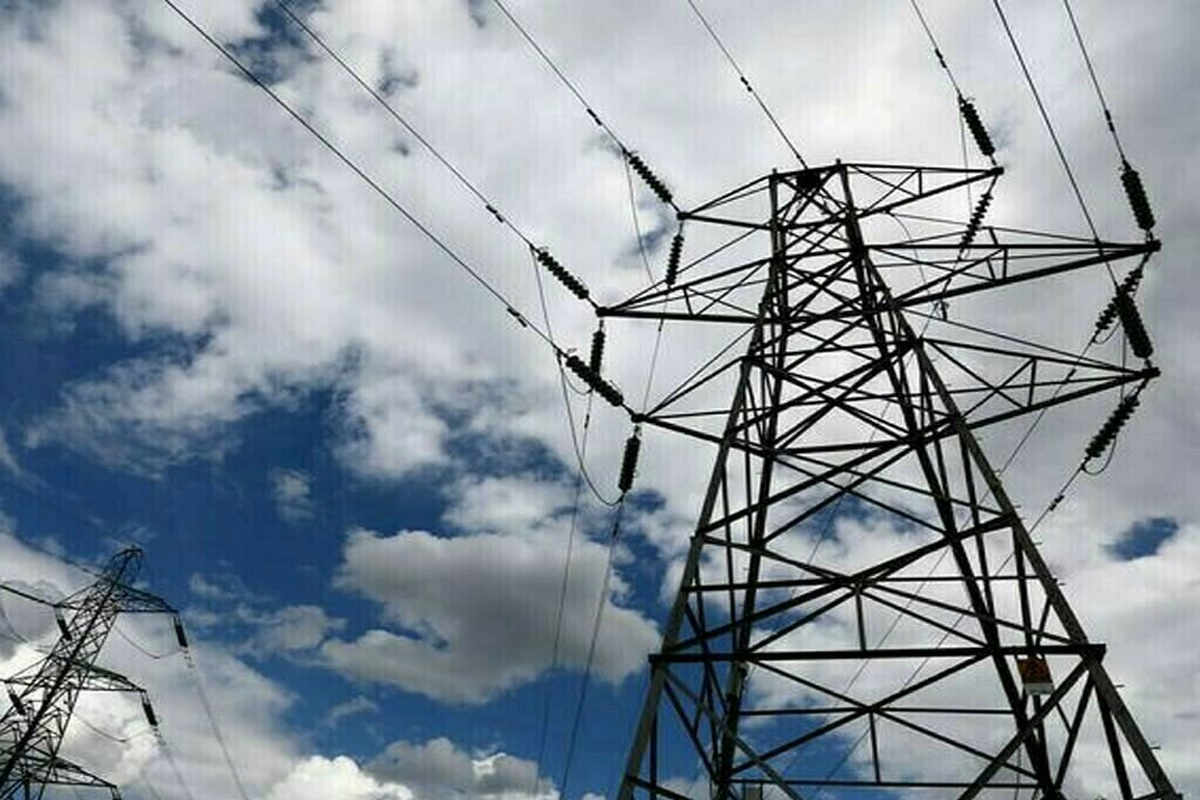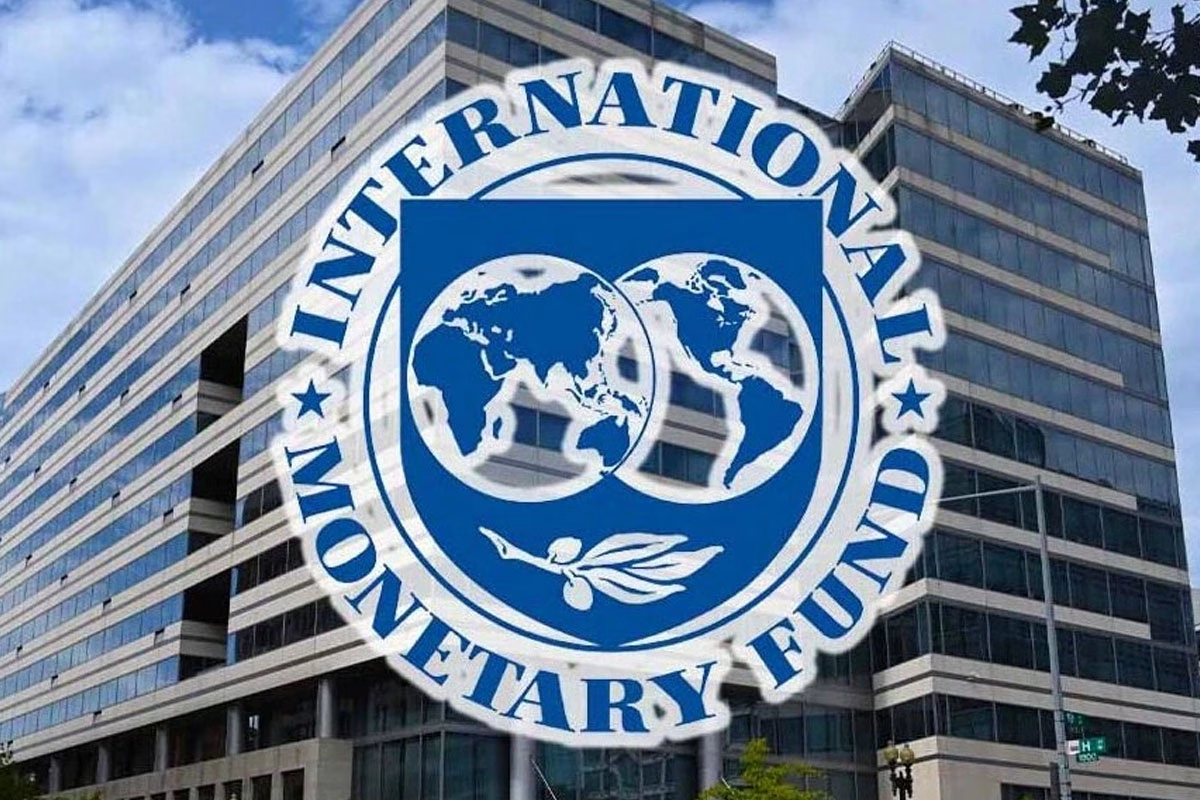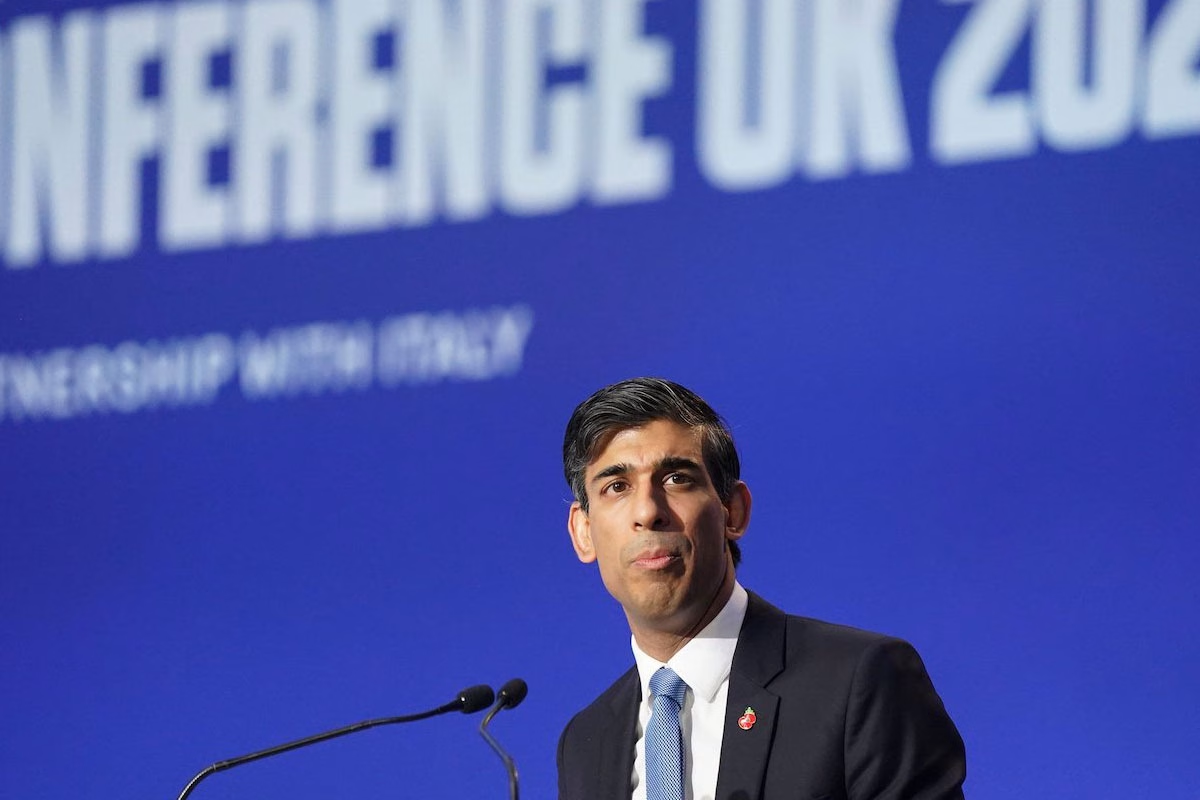
Pakistan joins fossil-fuel non-proliferation coalition to embrace a renewable energy future
December 23, 2024
Public schools in Sindh set to be solarize, says energy minister
December 23, 2024Pakistan’s energy sector frequently makes headlines, from controversial Independent Power Producer (IPP) contract renegotiations to the promising rise of solar energy. The country’s power landscape, characterized by chronic circular debt and reliability issues, highlights how energy infrastructure can profoundly influence a nation’s economic development.
Policymakers and international bodies like the International Monetary Fund (IMF) understand the vital link between economic stability and a strong energy sector, with power sector reforms being a central part of the IMF’s support programs for Pakistan.
However, high-level policy debates often simplify the complex challenges facing Pakistan’s energy sector, focusing mainly on issues like capacity payments or transmission losses. In reality, the sector is shaped by a web of technical, financial, and governance factors that require a comprehensive approach to address.
While previous analyses have tackled these challenges individually—such as circular debt, transmission infrastructure, and regulatory frameworks—this time we explore how various sectoral risks interact, particularly in terms of their impact on the cost of capital and the feasibility of renewable energy projects.




